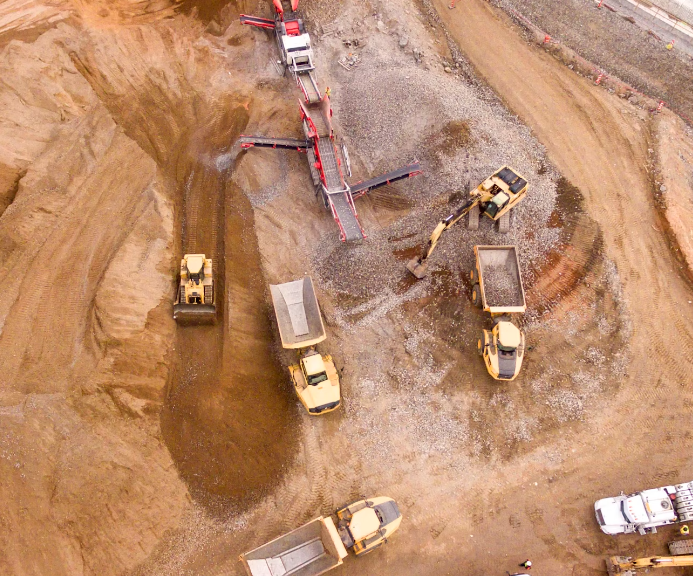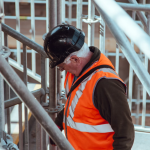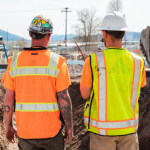In recent years, there has been a growing interest in electric construction machines as a potential solution to reduce emissions, noise pollution, and operating costs on job sites. This blog post explores the viability of electric construction machines and whether they could indeed become the future of the construction industry.
1. Environmental Impact
Electric construction machines offer significant environmental benefits compared to their diesel-powered counterparts. They produce zero tailpipe emissions, reducing air pollution and carbon footprint associated with construction activities. With increasing concerns about climate change and air quality, electric construction machines align with sustainability goals and regulatory requirements.
2. Cost Savings
While the upfront cost of electric construction machines may be higher than diesel-powered alternatives, they offer long-term cost savings. Electric machines have fewer moving parts, resulting in lower maintenance and repair costs over their lifespan. Additionally, electricity is often cheaper than diesel fuel, leading to reduced operating expenses and overall project costs.
3. Noise Reduction
Electric construction machines operate quieter than traditional diesel equipment, minimizing noise pollution in urban areas and sensitive environments. This can improve work conditions for equipment operators and reduce disturbances to surrounding communities, leading to better relations with stakeholders and regulatory compliance.
4. Technological Advancements
Advancements in battery technology and electric drivetrains have made electric machines more practical and efficient. Manufacturers are developing a range of electric equipment, including excavators, loaders, and cranes, with comparable performance to diesel equivalents. As battery technology continues to improve, the range and capabilities of electric machines are expected to increase, further driving their adoption in the construction industry.
5. Regulatory Drivers
Government regulations and incentives aimed at reducing greenhouse gas emissions and promoting clean energy are accelerating the adoption of electric machines. Many cities and regions have implemented zero-emission zones or low-emission requirements for construction projects, creating demand for electric equipment. Incentive programs, such as grants, tax credits, and subsidies, further encourage construction companies to invest in electric machinery.
Conclusion
While electric machines show promise in addressing environmental concerns and reducing operating costs, their widespread adoption still faces challenges. Infrastructure for charging and battery swapping needs to be developed, and concerns about range, charging times, and initial investment costs must be addressed. However, with ongoing technological advancements and regulatory support, electric construction machines are well-positioned to play a significant role in shaping the future of the construction industry.


